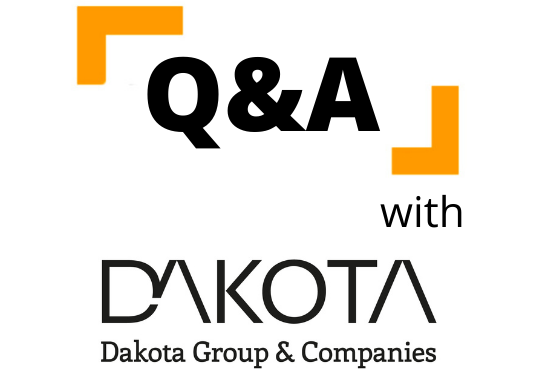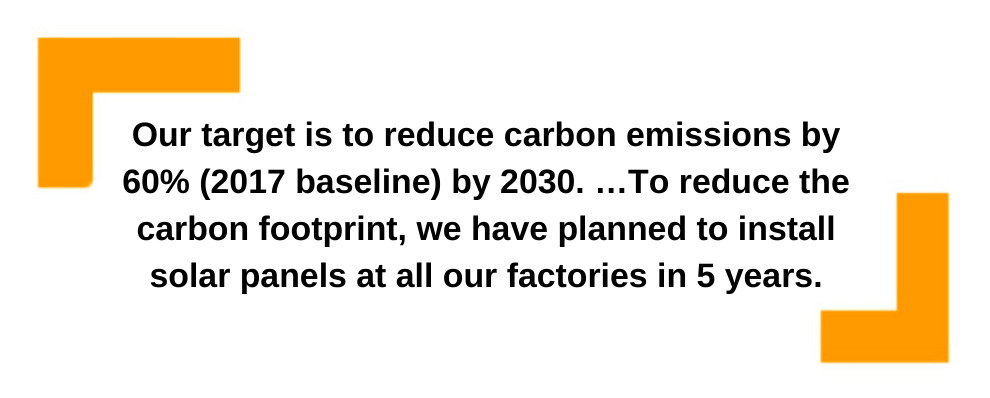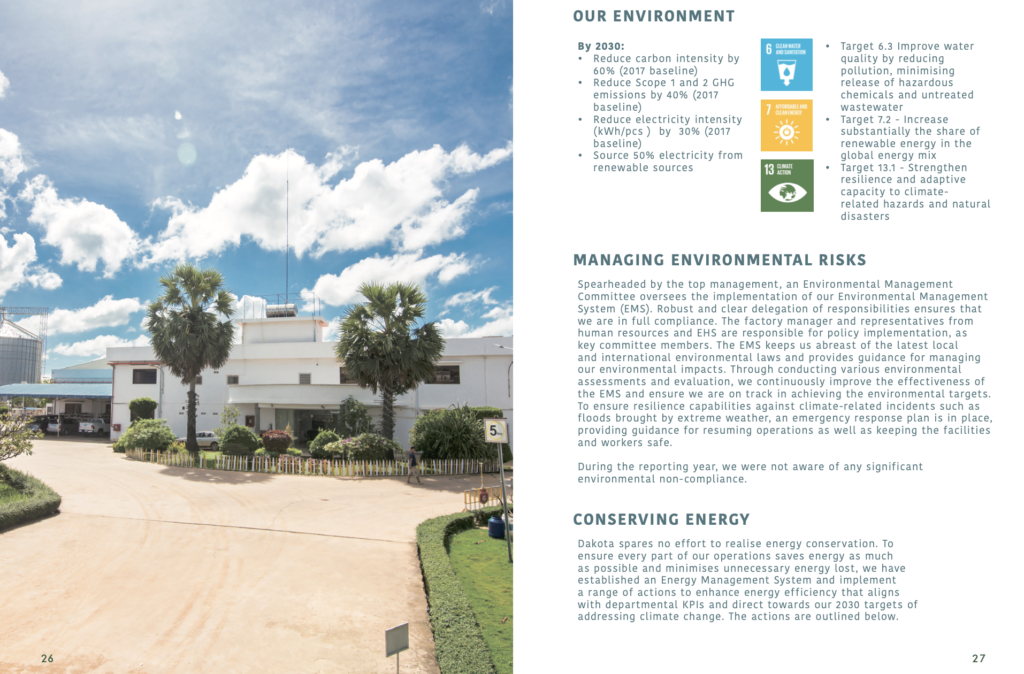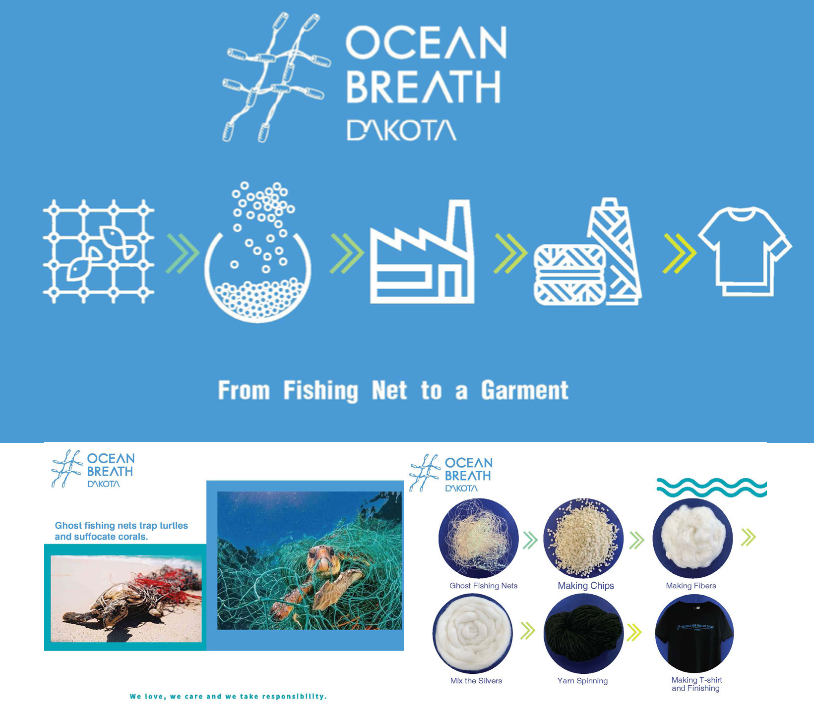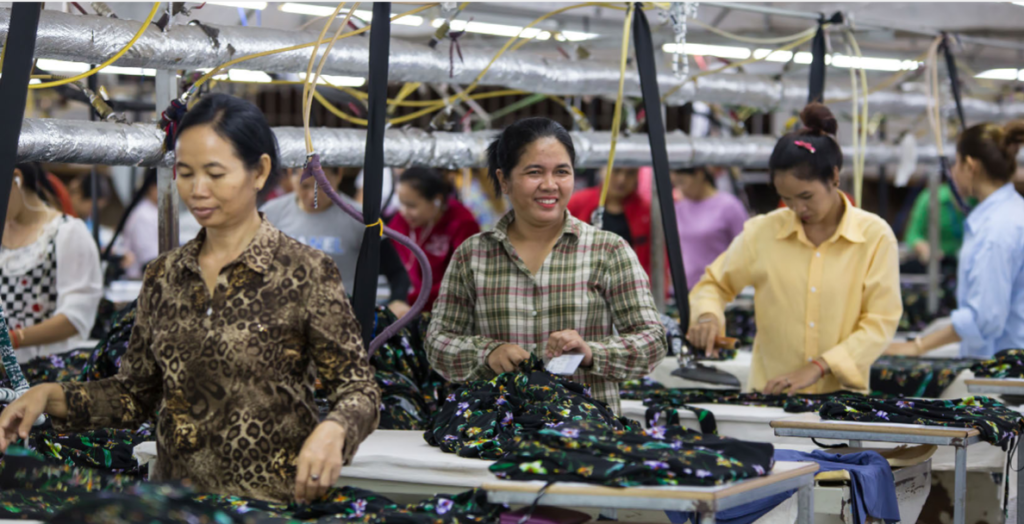What inspires Dakota to put sustainability as one of the essential components of its business strategy?
“Do the Right Thing” is our philosophy. A successful business is not just doing well, but also doing “Right”. Making our business sustainable is crucial and contributing to resolving of global issues such as climate change, human rights issues, fair working conditions, etc., is part of our missions. These problems have been raised for many years, but to make the fundamental change, only more efforts need to be spent on them. As one of the leading garment manufacturers, we have the responsibility to integrate sustainability principles into our business and drive our stakeholders to move toward circularity. Especially in relation to planet resources and climate change issues, we always educate our staff humbly with the quote: “We do not inherit the earth from our ancestors, we borrow it from our children.
The garment manufacturing industry has been facing significant challenges under the COVID-19 pandemic. How has the pandemic been transforming the industry from a sustainability perspective?
The pandemic disrupted our operations and we took this as an opportunity to review our current strategy. The Health and Safety of our employees is our top priority. We took all possible and appropriate measures to protect their health and well-being. Measures include periodic disinfection, hygiene inspections by medical professionals, and vaccination of our employees. Since the awareness of personal hygiene has been raised, I believe this would become a “new normal” operating environment. The pandemic has raised a deep question, “How would you make a good decision when facing an enormous crisis?” The answer to us is “Do the right thing” which means making a decision that is only beneficial to long-term development.
Due to the lockdown and suspension of business travel, video conferencing and remote working will become a new trend. This could help reduce carbon emissions. Besides, it is a great opportunity to move toward big data for effective monitoring since most traveling is banned. With the help of a series of data analysis tools, we can identify the constraints efficiently to improve the performance and productivity.
Dakota announced ambitious carbon and waste reduction targets this year. What are Dakota’s short and long-term plans to achieve its sustainability objectives?
Our target is to reduce carbon emissions by 60% (2017 baseline) by 2030. From the previous data, we can see electricity accounts for almost 45% of our energy consumption. To reduce the carbon footprint, we have planned to install solar panels at all our factories in 5 years. One of our factories in Cambodia will start installing a solar system later this year. It is expected to generate renewable energy to meet more than 30% our total consumption. This is just the first step and we will continue to explore more forms of renewable energy.
We have also taken many environmentally friendly actions, such as optimizing ventilation systems, installing energy-saving LED light bulbs, and implementing a waste management system. It is believed that these measures could help reduce carbon footprint.
Dakota has been developing sustainable materials in recent years. What are the hurdles in delivering results? How does Dakota overcome these challenges?
We have kicked off two major sustainable materials development projects. The first one is Ocean Breath wherein we have successfully developed yarns mixed with recycled nylon fibre from ghost fishing nets. This could be used in different garments, such as T-shirts and hoodies. Ghost finishing nets create a huge risk to marine lives and eventually will destroy the whole ocean living chains which may be far more damaging than the plastic straws. We want to create this awareness in the industry as well.
The other project is in collaboration with Circular Systems to recycle our industrial waste into high-quality recycled cotton yarn through “Texloop Recycling” and “Orbital Hybrid Yarn” technology. Recycled cotton is one of the lowest impact fibers you can use in fashion applications. It preserves the original fibre quality and it causes 51% less CO2 emissions compared with conventional GMO cotton.
Currently, we are doing our best to promote these two new sustainable materials. However, just like other sustainable products, the cost is higher than the conventional one. This might hold the customers back. However, we always believe in breaking the traditional business thinking where profit comes first. We chose to walk with the sustainability heroes to develop these materials in a sense of giving a breakthrough to the Prison Dilemma loop. It means that if no one making the first move, nothing will happen. We welcome all potential collaborators to work with us. Please feel free to contact our sales team. Let’s build a more sustainable future!
Dakota has been focusing on technologies and innovation such as 3D modelling and AI. What role does technology play in sustainability?
3D modelling is mainly minimizing upstream carbon emissions. The design cycle of a garment encompasses many designing and developing processes. In a traditional model, many physical prototypes are needed, such as pattern markers and construction details. The design cycle usually repeats many times and thus it is very time-consuming and generates much waste. With the application of 3D modelling, the whole design cycle could be more efficient. Designers could share and develop their ideas with 3D rendering. It isn’t just visualization, but also includes all the information needed. This largely reduces the number of physical prototypes required, especially in our fast-changing industry.
We have also adopted AI in our production planning and advising. By using RFID data which capture all workers’ habits and product style characteristics etc., our AI prediction model developed recently in collaboration with the Hong Kong University of Science and Technology (HKUST) can give the best predictions for production planning. The beauty of this AI model is the data generated every day are fed back into the calculation model as updating and experience learning, which helps the AI to refine every decision, thus making the production plan more accurate and production advice more timely.
How does Dakota collaborate with stakeholders including customers, employees, suppliers and others on sustainability issues?
Suppliers
We manage the supply chain through well-established procedures. Suppliers are evaluated through site visits and assessments on quality, price, delivery time, and sustainability requirements. Qualified suppliers must sign a commitment regarding the quality standard and sustainability requirements.
Customers
We maintain regular communication through meetings and site visits to ensure fulfilment of sustainability standards of our clients, including social and environmental requirements. We also actively give advice and views on global sustainable development and related trends.
Employees
We provide an environmentally and socially friendly working environment for our employees. We regularly communicate with union representatives and make sure our employees have a channel to voice their opinions. The employee satisfaction survey is also one of our key actions that directly gets their valuable comments to the company.
In which direction you see the industry heading in the coming 5-10 years?
Dakota aspires to be at the forefront of promoting sustainable garment manufacturing and a circular economy. With less than 10 years to achieve the United Nations Sustainable Development Goals (SDGs), we have formulated a strategic framework for sustainability plans and actions, and we evaluate our performance periodically to make sure we are on the right track. We are devoted to contributing positively to the global sustainability issue through embracing innovation and partnerships.

